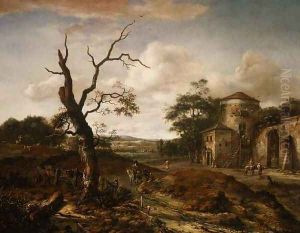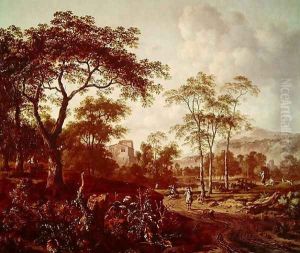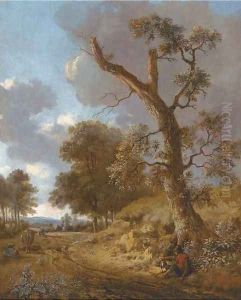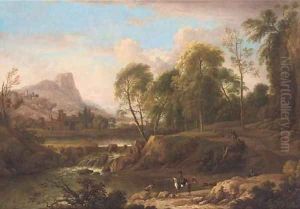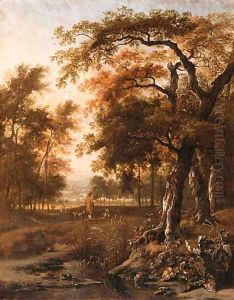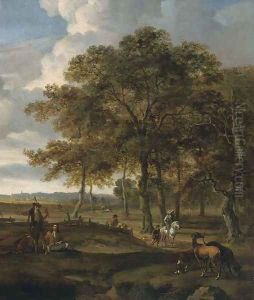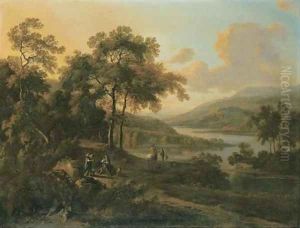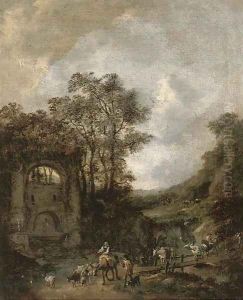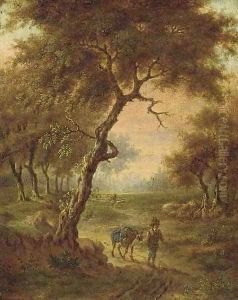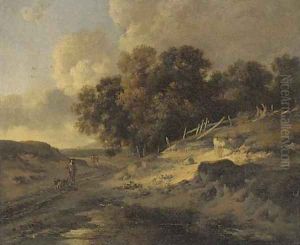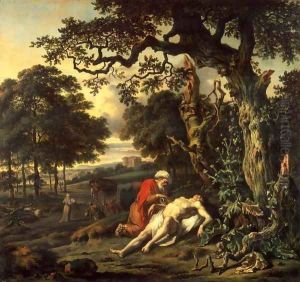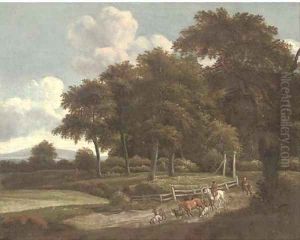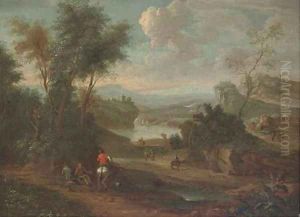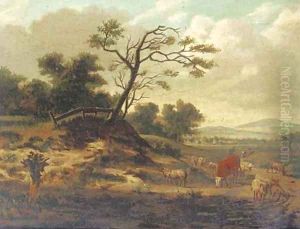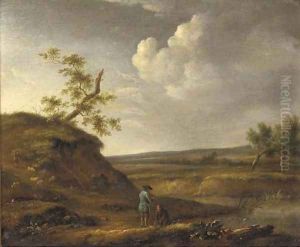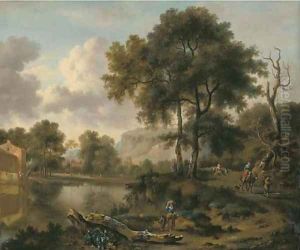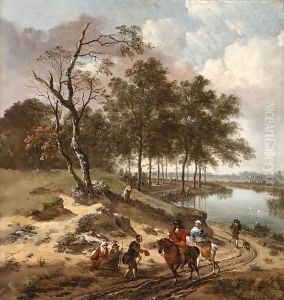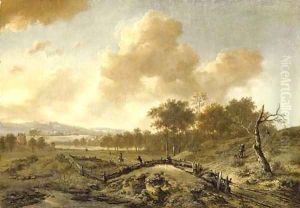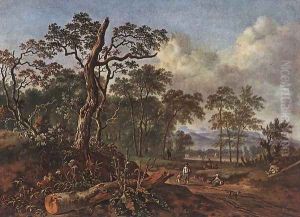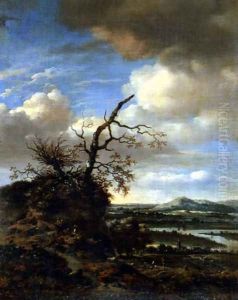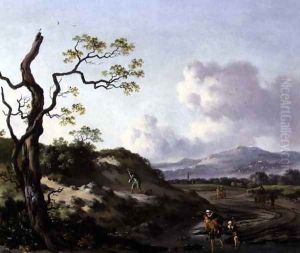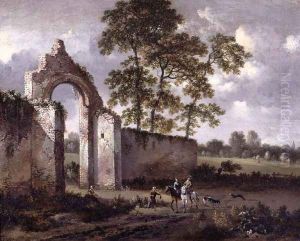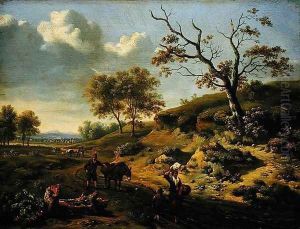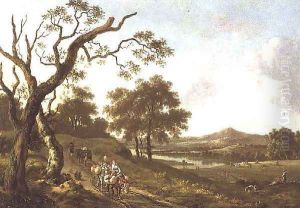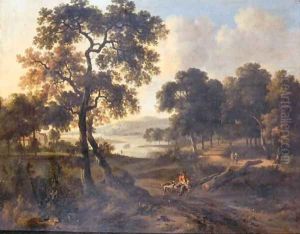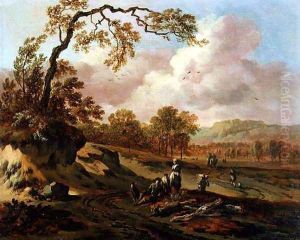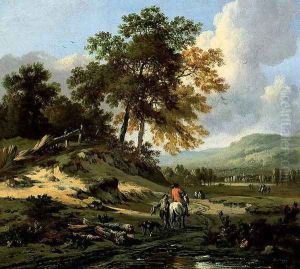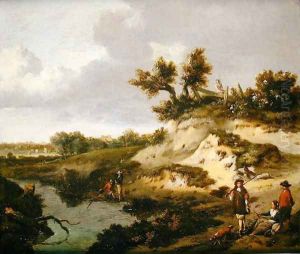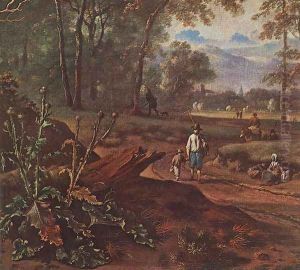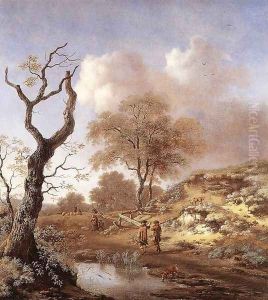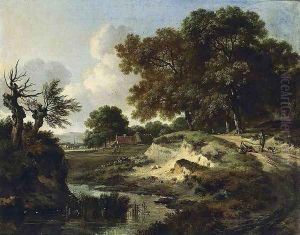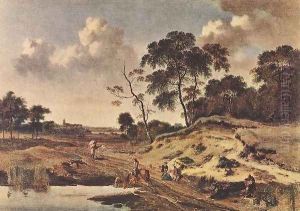Jan Wynants Paintings
Jan Wynants was a Dutch Golden Age painter known for his landscape paintings. His birth year is not precisely known but is estimated to be between 1635 and 1645. He was active in Haarlem, Netherlands, and specialized in painting idyllic landscapes featuring rolling hills, expansive skies, and detailed natural elements such as trees and foliage. His works often included small figures and animals to give scale to the vast landscapes he depicted.
Wynants is noted for his skillful use of light and shadow to create depth and atmosphere in his paintings. He was a master of depicting different times of day and seasons, which added a dynamic element to his landscapes. Wynants' compositions were groundbreaking for their time, influencing many contemporary and later artists.
Throughout his career, Wynants collaborated with other artists, who would paint the staffage (people and animals) in his landscapes. One of his frequent collaborators was the Dutch painter Adriaen van de Velde. This practice was not uncommon in the Dutch Golden Age, as artists often specialized in particular types of painting and would work together to complete a piece.
Jan Wynants' work was highly regarded during his lifetime, and he was a successful artist. However, after his death in 1684, his fame waned, and he was somewhat forgotten until the 19th century when interest in Dutch Golden Age painting revived. Today, his paintings are considered important contributions to the landscape genre and are held in high esteem by art historians and collectors alike. His works can be found in major museums around the world, where they are appreciated for their tranquil beauty and technical excellence.
